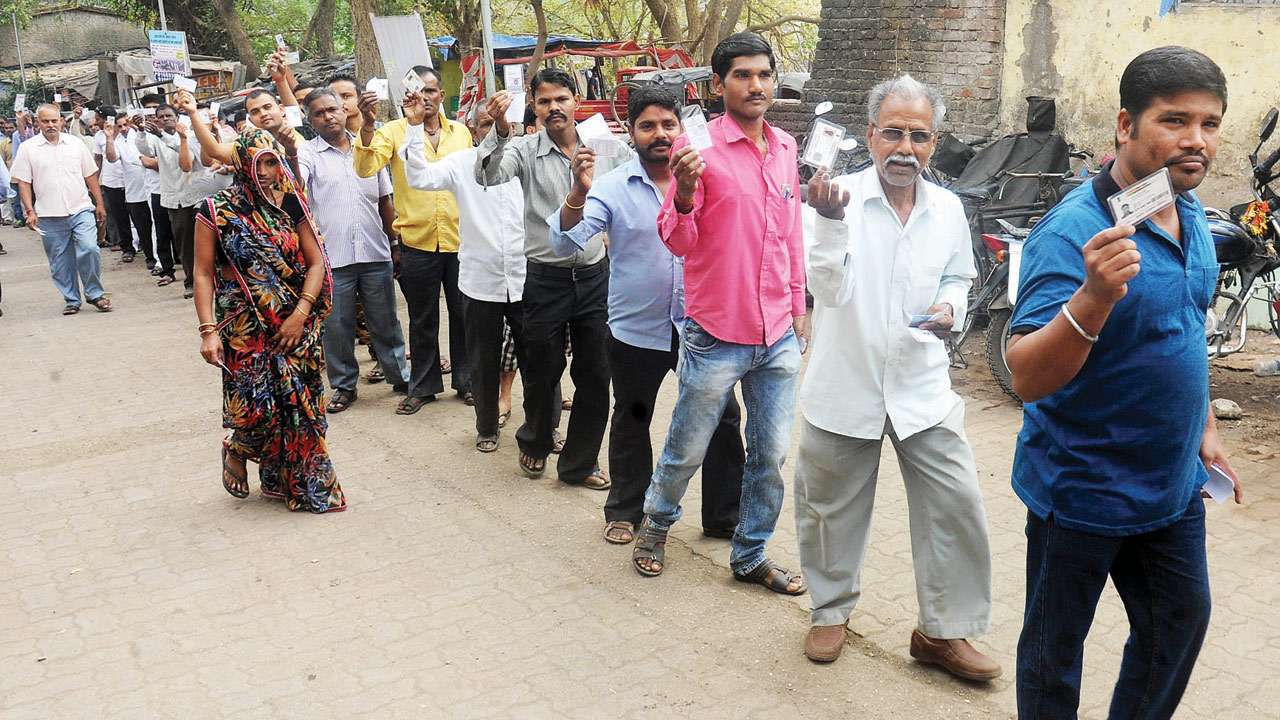
With the disclaimer that the next few words in this paragraph are no indication of my age, let me tell you that I have been lucky enough to have travelled through steam and diesel locomotives to finally find a seat in electric trains. I have watched Hum Log, Buniyaad, Tamas, Karamachand, early Indian TV breakthrough dramas, then switched off the TV for the hyper recidivist family dramas of the early aughts — many of which began with the alphabet K — and am currently dealing with the seductive propositions of the fare on Netflix, Hula and Amazon. The country has progressed over the years and has transitioned from a time when watching TV was a community affair to now where entertainment has become personal and needn’t require a TV at all. The economy has grown, technologies have advanced and lifestyles have improved. These have been fuelled by, and have been the fuel for, the ambitions of Indians.
Over the years advertisements and movies have reflected many of these transformations and have also mirrored the hopes and aspirations of India. Bollywood has evolved from stories of sacrifice, war and collective bargaining to now milking and breeding nationalism. Once upon a time, the advertisements for Bajaj Chetak and Maruti 800 were aspirational. Today, a large chunk of the Indian population identifies with the recent advertisement for Surf excel detergent which extols the virtues of sacrifice, respect and brotherhood.
The changing hopes and aspirations of a country and its citizens are key to progress, as is meeting them. These give a nation direction and something to look forward to. Therefore, in the political sphere, parties have used various slogans as a way to assimilate and reflect these hopes and instil new ones. Over the years the country has been sold on slogans that struck a chord. There was ‘roti, kapada aur makan’ which morphed into ‘India Shining’. And now, there is the message of inclusion in ‘sabka saath sabka vikas’. The former and the latter suggested a focus on internal development, while ‘India Shining’ was more of a desire to put India on the international stage.
As India heads to the voting booth next month is there a unifying theme of hope that runs across the country? One only has to scroll through the feed on social media, hear elected representatives and listen to the news to appreciate the fact that differing desires has splintered India.
On the one hand, there is the majoritarian vision that wants to carry this young modern country back to its glory days of early Hindu kings and resurrect Hindu, and so national, pride. Unfortunately, the objective and the process are not secular enough to include all citizens, and necessitates use of overt and covert forms of coercion. This hope is fed on grandiose gestures, ‘schemes’ that prove costly to the nation.
There is a smaller section of the populace whose hopes and aspirations are to survive and be accepted in society. Their religion and way of life are under constant scrutiny and threat. When it’s a matter of survival, one cannot take too many chances.
Another group, albeit much smaller, are those who espouse a more secular and liberal ideal of nationhood. In the current context, their ambitions lie in furthering the ideals enshrined in the Constitution and protecting other minorities and, for good measure not getting arrested or being used for target practice in the process. The hate spewed on those questioning the government narrative, the current state of Indian media and the murders of rationalists would explain the reason for the hopes of this section of Indians.
One is not suggesting that such clash of desires is a new phenomenon. Post Indian Independence history is replete with such instances. The bhoodhan movement, the JP movement, the ongoing struggle of the tribals and the Dalit resistance are all examples of this phenomenon. These were struggles for survival and for a place in Indian society. The current urgency that India faces is one where a unidimensional objective is being forced down on others, irrespective of the cost to the nation.
At the macro level, the 2019 national elections is going to be a battle between political ideologies and personas. However at the micro level, people are going to vote for their vision of India and its realisation. There used to be a time when a common dream bound a nation together and the electorate chose the vehicle — the political parties — to get them there. Today the nation is being quartered on the lines of hope and the vehicle to achieve it.
Author has worked in the development sector